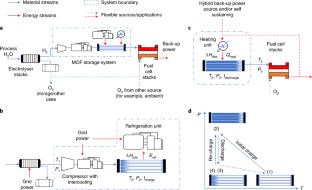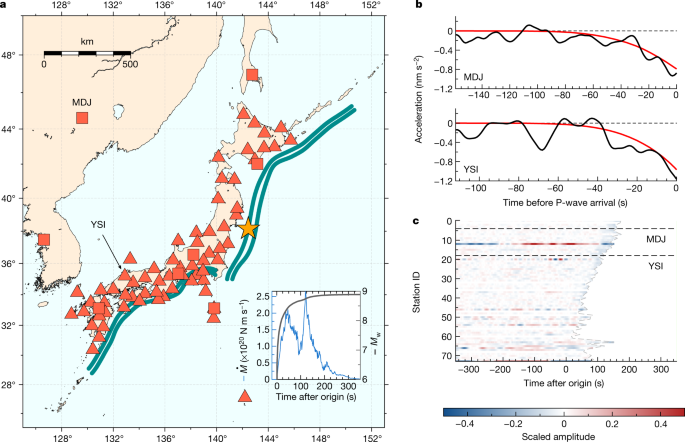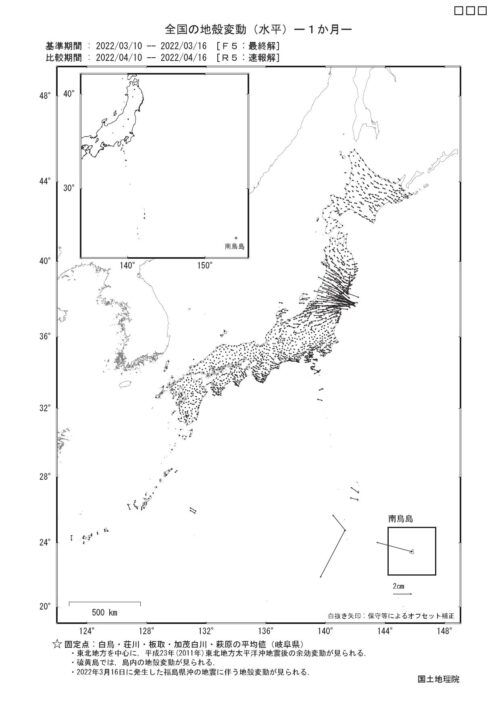大規模バックアップ電源用に水素を貯蔵するための有機金属フレームワーク材料のコスト競争力を評価 Berkeley Lab-led study assesses cost competitiveness of metal-organic framework materials to store hydrogen for large-scale backup power applications
2022-05-11 ローレンスバークレー国立研究所(LBNL)
エネルギー省の水素・燃料電池技術局からの支援を受けて、バークレー研究所が率いる研究チームは、有機金属骨格(MOF)と呼ばれるスポンジ状の材料を用いたバックアップ電源システムを検討し、さらなる研究開発によって、バックアップ電源として他のエネルギー貯蔵技術とコスト競争力を持つことができることを明らかにした。MOFは、金属イオンでできた多孔質の結晶材料で、結晶内にある大きな孔がエネルギー貯蔵に適しています。
MOFは金属イオンからなる多孔質結晶材料で、結晶内に大きな孔を持つことで水素ガスを貯蔵することができる。DOEの水素材料先端研究コンソーシアム(HyMARC)の一員として、パシフィック・ノースウェスト国立研究所およびカリフォルニア大学バークレー校の研究者とともに、研究チームは技術経済分析とプロセスモデリングを用いてシステム性能を分析した。この研究は、『Nature Energy』誌に掲載されています。
<関連情報>
- https://newscenter.lbl.gov/2022/05/11/emerging-hydrogen-storage-technology-could-increase-energy-resilience/
- https://www.nature.com/articles/s41560-022-01013-w
水素バックアップ電源のための有機金属フレームワークのコストと可能性 Cost and potential of metal–organic frameworks for hydrogen back-up power supply
Peng Peng,Aikaterini Anastasopoulou,Kriston Brooks,Hiroyasu Furukawa,Mark E. Bowden,Jeffrey R. Long,Tom Autrey & Hanna Breunig
Nature Energy Published: 25 April 2022
DOI:https://doi.org/10.1038/s41560-022-01013-w

Abstract
Hydrogen offers a route to storing renewable electricity and lowering greenhouse gas emissions. Metal–organic framework (MOF) adsorbents are promising candidates for hydrogen storage, but a deep understanding of their potential for large-scale, stationary back-up power applications has been lacking. Here we utilize techno-economic analysis and process modelling, which leverage molecular simulation and experimental results, to evaluate the future opportunities of MOF-stored hydrogen for back-up power applications and set critical targets for future material development. We show that with carefully designed charging–discharging patterns, MOFs coupled with electrolysers and fuel cells are economically comparable with contemporary incumbent energy-storage technologies in back-up power applications. Future research should target developing MOFs with 15 g kg−1 of recoverable hydrogen adsorbed (excess uptake) and could be manufactured for under US$10 kg−1 to make the on-site storage system a leading option for back-up power applications.



